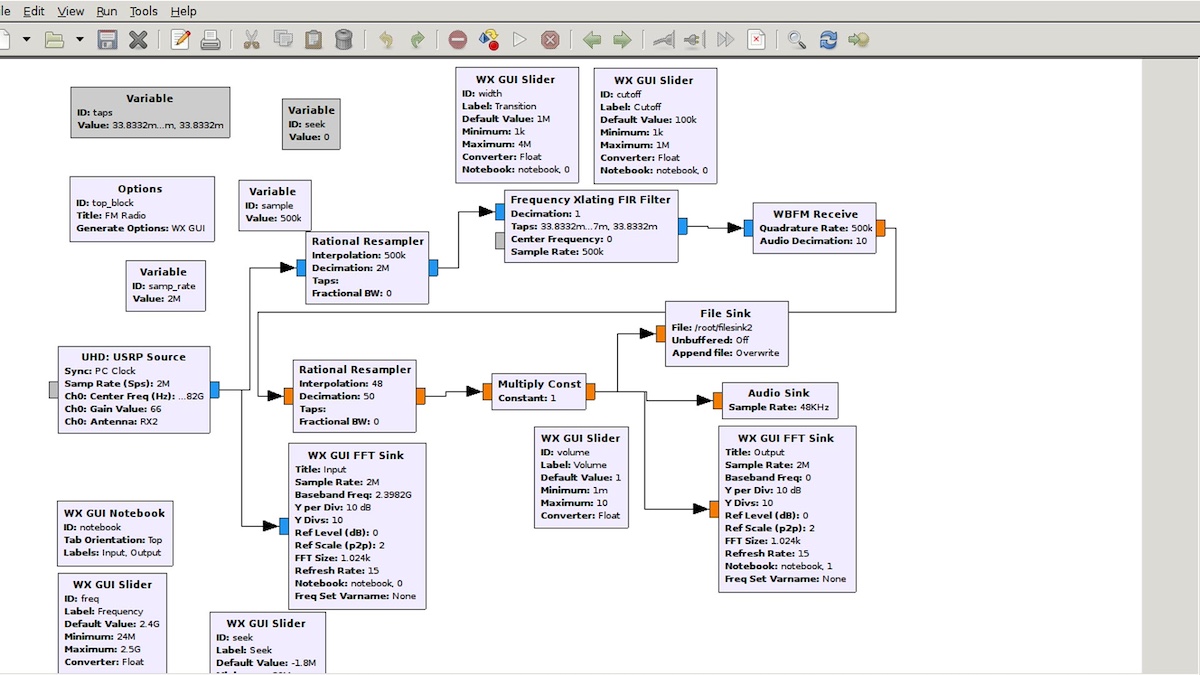WGXC-90.7 FM


Transmission Ecologies: Episode 11 - Martin Howse
90.7-FM in NY's Upper Hudson Valley and wgxc.org/listen everywhere
http://www.wgxc.org/
wavefarm.org/listen and 1620-AM at Wave Farm
https://audio.wavefarm.org/transmissionarts.mp3
Produced by Afroditi Psarra.
Slab allocation is a memory management mechanism intended for the efficient memory allocation of objects. Compared to earlier mechanisms, it reduces fragmentation caused by allocations and deallocations. [Wikipedia] One of the central security features of today's operating systems is memory isolation. Operating systems ensure that user applications cannot access each other's memories and prevent user applications from reading or writing kernel memory. This isolation is a cornerstone of our computing environments and allows running multiple applications on personal devices or executing processes of multiple users on a single machine in the cloud. [Meltdown] Slab is an attempt to exploit a covert electromagnetic transmission channel (in this case ICMP or ping packets which are often used for simple network diagnostics) to leak spore-like the memory contents (of my running laptop, including all confidential data and passwords) across the infrastructural ether. Using a simple python script, the laptop's 8GB of memory is read out in chunks or slabs, embedded unwitnessed in innocent infrastructural data packets, before being encoded and modulated using standard 802.11 orthogonal frequency-division multiplexing (OFDM) schemes, and transmitted on a 2.4 GHz carrier. These operations are not transparent to the user. On the same computer (Lenovo Thinkpad X220) this transmission is intercepted (along with all other 2.4GHz radio trafficking) using a rather old USRP1 software radio device, resampled and filtered in software to provide an audio signal which is now being re-broadcast online and re-encoded/decoded most likely across various interiors (and exteriors) according to similar modulation schemes and embedded protocols. The technical and infrastructural full circle is not closed. A shorter analogue recording, demodulated using a simple detektor device is included at the end of the transmission to enable comparison outside the digital domain. Slab forms part of a series of wayward or revolutionary active test or infrastructural source signals which inspire and activate the questionable materiality of their production, recording and onward transmission, energetic reception, reproduction and ever present decay.
Martin Howse is occupied with an investigation of the links between the earth (geophysical phenomena), software and the human psyche (psychogeophysics) through the construction of experimental situations (performance, laboratories, walks, and workshops), material art works and texts. From 1998 to 2005, Howse was director of ap, a software performance group working with electronic waste, pioneering an early approach to digital glitch. From 2007 to 2009 xxxxx hosted a regular workshop, micro-residency and salon series in Berlin. Howse has worked and collaborated on acclaimed projects and practices such as The Crystal World, Psychogeophysics, Earthboot, Sketches towards an Earth Computer and Dissolutions. xxxxx is the creator of the esoteric ERD modular synthesizer series, and founder of the Tiny Mining extractive community.
Curated by Afroditi Psarra, "Transmission Ecologies" explores the turbulent world of radio signals which propagate around us. Each show features a guest sound artist who broadcasts their radio experiments using EMFs, interference patterns from devices, HAM, RF field recordings, satellite signals, space astronomy research, etc. to formulate their interpretations, compositions, and translations of the invisible and unheard layer of telecommunication technologies.
"Transmission Ecologies" is commissioned by Stegi Radio / Onassis Culture.
Afroditi Psarra is a multidisciplinary artist and an Associate Professor of Digital Arts and Experimental Media at the University of Washington where she runs the DXARTS Softlab. Her research focuses on the interweaving of art and science through the creation of artifacts with a critical lens. In her projects she explores energetic phenomena like electromagnetic radiation, and technologies such as radio-frequency sensing, fractal antennas, and software-defined radio. She is particularly interested in the use of the body as an interface of control, and the revitalization of tradition as a methodology of hacking existing norms about technical objects. Her art practice builds on and extends the work of Cyber and Techno-Feminism(s) and the idea of bodies as archives of information, and manifests through e-textiles and wearables, performances, installations and sound art.
She has exhibited her work internationally in venues such as Onassis Stegi, Bozar, Laboral, EMST, Ars Electronica, Transmediale and CTM, Eyeo, Amber, Piksel, and WRO Biennale between others, and published at conferences like Siggraph, ISWC (International Symposium of Wearable Computers), DIS (Designing Interactive Systems), C&C (Creativity and Cognition), and EVA (Electronic Visualization and the Arts).
Playlist:
- Free Lunch (Side 1) / Brian Dewan



